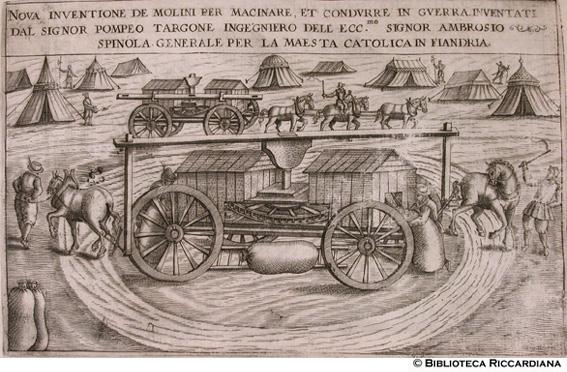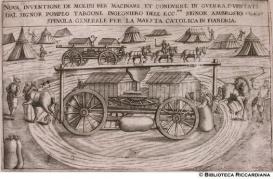A commonly used expression, innovation is rather difficult to define. Innovation is both an act (the process of conceiving, thinking, producing and implementing) something that is considered new; and an object (the ‘something new’).
By focusing on innovation in early modern Europe and Ming-Qing China, this project wishes to challenge four main points in the literature: first, that innovation is often connected to modernity: it shows the historical evolution of the concept and attitudes towards innovation. What does innovation mean in a pre-modern context in which key variables such as the nation state, the firm and R&D had different meanings compared to the post-1800 period?
Second, innovation is often narrated according to a positivistic and linear view of development. Its ambiguous qualities, its capacity to challenge established paradigms are often side-lined. This project proposes a narrative of innovation that underlines serendipity, struggle, opposition and failure.
Thirdly, far too often innovation is seen as Western. I wish instead to use both a comparative and a connective methodology to highlight different trajectories in say China, India and Western Europe and their connection to each other. This is the case of innovation in key industries such as textile, glass and ceramic production.
Finally, many accounts of innovation, invention and technological change do not pay sufficient attention to the ways in which rhetorical structures, social conventions and narratives of change were both influenced and in turn structured innovation. The project considers innovation not just as an act but through the lens of what people at the time thought innovation was, and how they dealt with the concept and its ambiguities.


